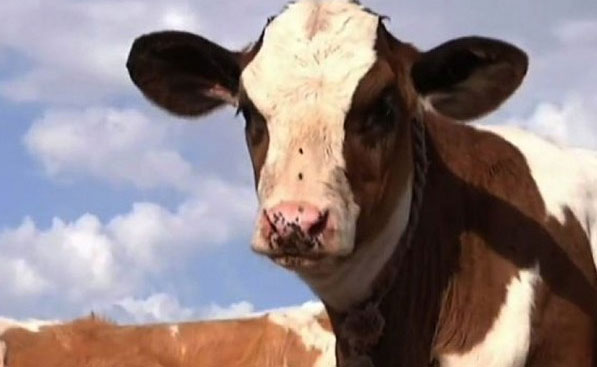Health and Welfare
Health and Welfare
Dairy Articles
Poor cow health poses a significant threat to profitability. When they’re sick, cows make less milk and require treatments that cost a lot of money.
Conventional fresh cow programs require the “touching” of every fresh cow every day for the first ten days of the lactation. Every cow is checked, every day.
In the hands of an advanced user a monitoring system goes far beyond heat detection and health monitoring. It can help the herd manager implement a highly efficient, cow friendly and economically coherent management approach on their farm.
Abortion in dairy cows is commonly defined as a loss of the fetus between the age of 42 days and approximately 260 days. At an estimated cost of $500 to $900 per abortion (the cost of an abortion increases the later in the lactation it occurs) and an incident rate of approximately 3%-5%, this can present a challenge to herd profitability.
The purpose of freestall bedding is to provide a clean, dry, comfortable resting place for the cow as a whole, and specifically, the sensitive parts of her body — like teat ends, hocks and knees. Keep an eye on stall beds. Do they appear clean, dry and comfortable? To realize the benefits of sand bedding, stall maintenance is key. Preserving the quality of the stall bed ensures a resting place that minimizes exposure to harmful organisms and maximizes laying time.
On any sized dairy operation there are a multitude of events occurring from the time a calf is born until she leaves the herd. Software programs are available to help manage this task of recording events. The bottom line is no matter how good someone’s memory is it is no substitute for having historic information on animals of all ages that can be easily accessed. However, the information is only as good as the person entering the data and is useful only if someone is monitoring the events.
In 2010 there was an increased number of cases of Anaplasmosis from submissions to the Iowa State University Veterinary Diagnostic Laboratory (ISU-VDL). Although the disease is not enzootic in Iowa it is observed regularly. Environmental conditions in 2010 may have enhanced the spread of anaplasmosis within the state, writes Dr Grant Dewell, Iowa State University Beef Veterinarian.
In what they believe is the first study of atypical cases of Bovine Spongiform Encephalopathy (BSE) in France, researchers based in Lyon found that the cases were detected in animals much older than for the classical form of the disease. There was a significant geographical cluster in central France for one of the atypical forms although this may have been due to the BSE testing scheme in place.
Heat stress occurs when a dairy cow’s heat load is greater than her capacity to lose heat. Heat stress effects include: increased respiration rate, increased water intake, increased sweating, decrease in dry matter intake, slower rate of feed passage, blood flow to internal organs, milk production and poor reproductive performance, writes JF Smith, JP Harner and MJ Brouk from Kansas University.

